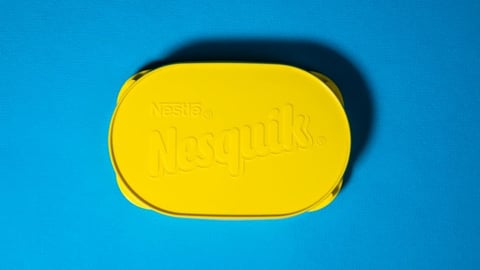Levi’s Readies For DTC-Optimized On-Cloud ERP and Raises Bot Bar
Levi Strauss & Co. is on track to implement its new enterprise resource planning (ERP) system in the United States in the second quarter after successful results in Mexico and Canada.
The apparel manufacturer and retailer, which announced the upgrade last year, has been building inventory in preparation for the implementation and expects levels to return to normal after deployment is complete at the end of the quarter.
Whereas Levi’s previous ERP was largely oriented to U.S. wholesale customers, Harmit Singh, chief financial and growth officer, said in an earnings call with investors this week that the new system is on cloud and provides more operational visibility into its growing direct-to-consumer model.
“It's really access to data and data on a real-time basis,” he noted. “So our commercial people, our operations people get access to data, and they can then leverage the data to actually drive business. … Inventory management gets a lot better, and handling direct-to-consumer gets a lot better.”
The company’s global direct-to-consumer business increased 18% in 2022, fueled by increases in its owned and operated stores, as well as e-commerce. Levi’s, which is the No. 93 publicly owned consumer goods company, intends to open around 15 of its NextGen store formats in the U.S. this year, bringing its mainline count to approximately 80 stores.
Robotic Process Automation
Levi's, which last week announced the hiring of analytics-focused Jason Gowans as its first chief digital officer, also recently shared in a company blog post that its robotic process automation (RPA) initiative automated more than 25,000 hours of work via 45 in-house bots last year, surpassing its goal by 5,000 hours.
The company’s RPA center of excellence team leverages the bots for data entry and validation across a range of functions, including IT, distribution, logistics, and merchandising, and it has set a goal of automating at least 45,000 hours of work this year.
Among the beneficiaries have been the global product development team, which was able to eliminate the manual, hours-long tasks of cross-referencing thousands of product codes for accuracy within its digital asset management tool before sending them to the company’s manufacturing partners. A bot instead vetted and validated the product briefs and identified such problems as missing visual links and/or file type accuracy, which Levi’s team members then rectified.
All told, the bot saved the team nearly 450 hours a year, according to Jonathan Hsieh, manager of product development.






